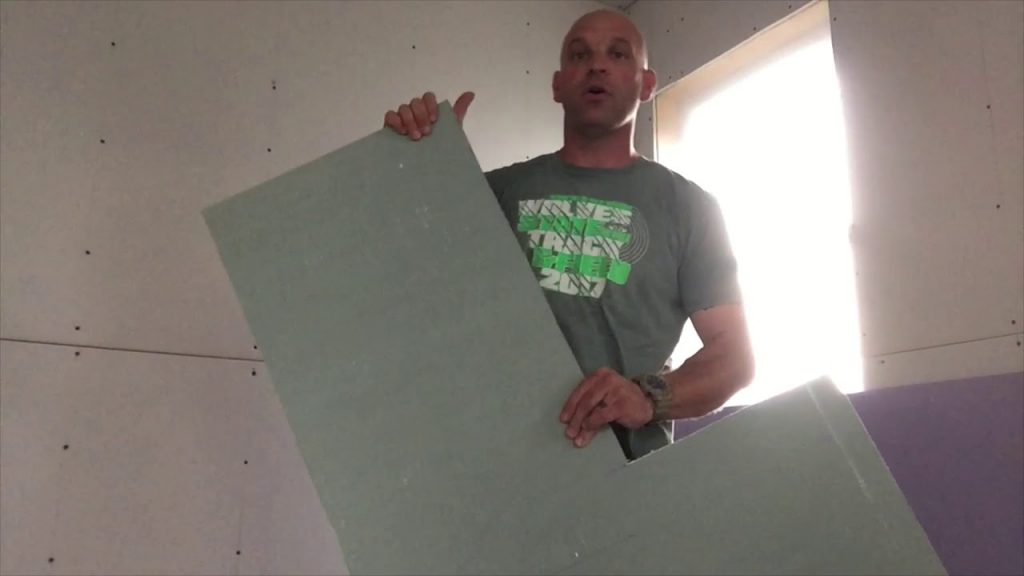Does Water Weaken Drywall? A Comprehensive Guide

Drywall is a common building material used in construction projects worldwide. It is made of gypsum plaster, which is sandwiched between two sheets of paper. Drywall is known for its durability and strength, but it is not immune to water damage. In this article, we will explore the effects of water on drywall and answer the question, Does water weaken drywall?
The Short Answer
Yes, water weakens drywall. When drywall is exposed to water, it can become soft, weak, and eventually crumble. The longer the drywall is exposed to water, the weaker it becomes. If left untreated, water-damaged drywall can lead to mold growth, structural damage, and health hazards.
The Long Answer
Water damage can affect drywall in several ways. Here are some of the most common ways water weakens drywall:
- Softening of the Gypsum Core
Drywall's gypsum core is the most vulnerable part of the material when exposed to water. Gypsum is a porous material that absorbs water quickly. When the gypsum core becomes saturated with water, it softens and loses its structural integrity. This can cause the drywall to sag, crack, or crumble.
- Weakening of the Paper Covering
The paper covering on drywall is also susceptible to water damage. When the paper becomes wet, it can weaken and tear easily. This can lead to the drywall's structural integrity being compromised. Additionally, wet paper can provide a breeding ground for mold and bacteria, which can cause health hazards.
- Mold Growth
Mold thrives in moist environments, and water-damaged drywall provides the perfect breeding ground for mold growth. Mold can weaken drywall by breaking down the paper covering and gypsum core. Additionally, mold can cause health hazards, including respiratory problems, allergies, and infections.
- Structural Damage
Water-damaged drywall can also lead to structural damage. When drywall becomes weak, it can no longer support the weight of the structure above it. This can cause the ceiling or walls to collapse, leading to property damage and potential injury.
Preventing Water Damage to Drywall
Preventing water damage to drywall is crucial to maintaining the structural integrity of your building. Here are some tips to prevent water damage to drywall:
- Fix Leaks Immediately
If you notice a leak in your building, fix it immediately. Leaks can cause water to seep into the drywall, leading to water damage and mold growth.
- Use Waterproof Materials
In areas where water is present, such as bathrooms and kitchens, use waterproof materials like cement board or greenboard instead of drywall.
- Install Proper Ventilation
Proper ventilation can help prevent moisture buildup in your building. Make sure your building has adequate ventilation in areas like bathrooms, kitchens, and laundry rooms.
- Regular Maintenance
Regular maintenance can help prevent water damage to drywall. Inspect your building regularly for leaks, cracks, and other signs of water damage.
Conclusion
In conclusion, water weakens drywall. When drywall is exposed to water, it can become soft, weak, and eventually crumble. Water-damaged drywall can also lead to mold growth, structural damage, and health hazards. Preventing water damage to drywall is crucial to maintaining the structural integrity of your building. By following the tips outlined in this article, you can help prevent water damage to drywall and ensure the safety of your building's occupants.



